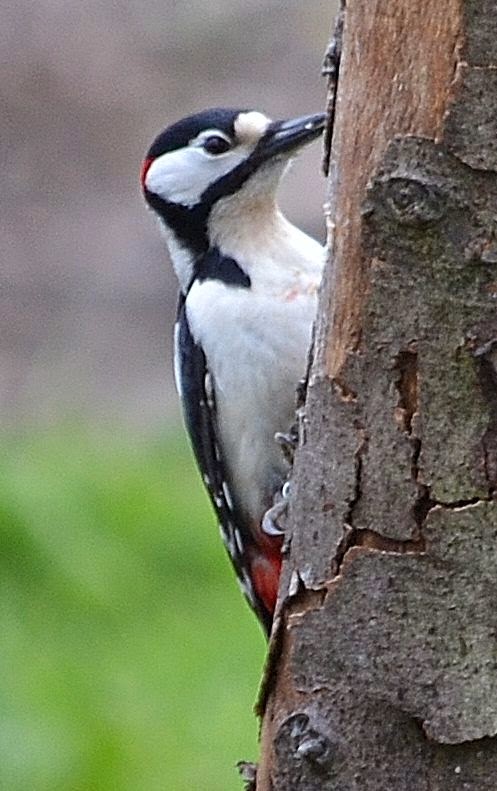The biggest change in the new Vanguard Endeavour ED II is the use of "premium Japanese ED glass", widely believed to be sourced from Hoya. This glass is a significant upgrade from the Chinese ED glass used in the previous model. The field of view has been increased in the 8x42 model from 122m to 126m. The Field of View on the 10x42 model remains the same at 114m. The two models closely resemble each other, although the ED II has a stippled focusing wheel and two black hinges, rather than grey.
Like its predecessor, the ED II is an open bridge binocular, made with a lightweight magnesium alloy body. It weighs in at 770g. The binocular is covered in black rubber armouring which gives it a very slick and stylish look. As you would expect with a binocular in this price range, it is waterproof and fogproof. Eye Relief on the 10x42 is a very adequate 18.5mm
The ergonomics on this model just didn't quite work for me. I found the space between the two barrels to be quite tight and the binocular just didn't feel quite right in my large hands. As a result, I found it quite difficult to hold the binocular steady.
The focussing knob is well positioned and travels smoothly, but incredibly quickly. It focusses from right to left, from close focus to infinity in about three quarters of a turn. I like a quick focuser, but found this to be a little too quick. I found it rather difficult to obtain a sharp image due to the fast focuser and quite often had to travel back and forth before I was completely happy with the image. There was also a little bit of play in the unit I reviewed.
Close focus is listed as 2m. This is good, but it is not great. I do a lot of butterfly and insect watching and whilst these binoculars would be perfectly adequate for this type of observation, I would probably choose another binocular if I wanted to go out for specifically this purpose.
Image quality is impressive for the price point. The sharpness on the unit I used for this review was very good. I have tried the 8x42 model and I found this slightly more impressive. The 8x42 was really quite exceptional. The 10x42, whilst very good, didn't quite live up to the standard of its smaller brother. The image was sharp right to the edge and had one of the flattest images on the mark today, although there was a slight hint of astigmatism right at the edge of the view. The image was very bright and colour rendition appeared relatively neutral with only a slight hint of a yellow cast.
The Vanguard Endeavour ED II 10x42 really is a very good binocular. There have been several reviews written on the 8x42 model and this appears to be something quite special. One reviewer suggests that the resolution is really quite exception and could give several alphas a run for their money. Does the 10x42 ED II equal the performance of the 8x42? In my opinion, probably not. However, at the price point, £399, I don't think there would be much that could come close. Ergonomics won't suit everyone, so make sure you try before you buy.























